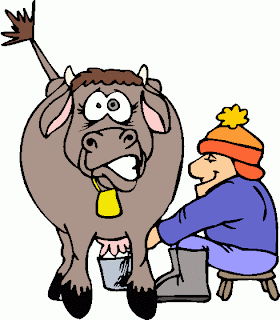Who Do You Fear More, Big Business or Big Government?
OK, who do you fear more, big government or big business? Historically, Americans saw a relatively small government with regulatory powers as a check on monopoly and big business. But the rise of big government because of the Great Depression, World War II, the Cold War, and the Great Society changed that. Americans had a choice. There was a general consensus that we had to spend a lot of money for national and international security during the Cold War. But the expansion of the social welfare state and environmental regulations changed attitudes towards the federal government. The two largest programs of the social welfare state, Social Security and Medicare, have been financed by very large tax increases. These tax increases are somewhat offset by federal income tax cuts. Since the 1980s, there has been a well-financed campaign to roll back the regulation of big business, espe...




